I would love to tell you that feeding your toddler is a walk in the park. Of course, if you’re lucky, that may be the case. But the rest of us have to put up with tantrums, screams and food flung across the room. Or the “toddler who won’t eat”. Yep, you have one of those? Me too.
Inside: Everything you need to know about toddler nutrition, including the different food groups that toddlers need to grow. Written by a pediatric doctor. Plus free “toddler feeding cheat sheet and food diary”.
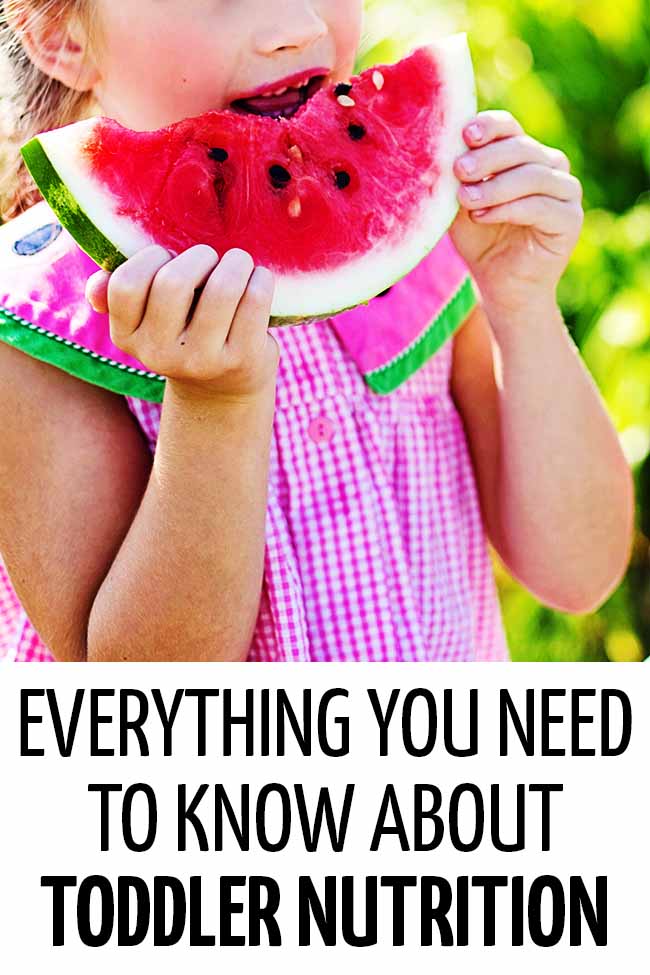
Life with toddlers is not always easy but learning about toddler nutrition IS easy. (Hint: It’s not much different from a healthy diet for older kids.)
Eating Habits Start Young
Whether your toddler is a picky eater, a fussy eater, a “normal toddler” or even has a great appetite and will try anything and everything, it’s really important to develop healthy eating habits from an early age.
Eating habits develop really young, before the age of 3.
So if you have a toddler, now is a great opportunity to teach them to love healthy food and that means we need to present them with healthy food.
(If you're child is over 3 and you're worried they already have bad eating habits, don't worry, you can change them. It's just easier if you start as you mean to go on!)
Toddler Diet Plan
Most toddlers have a natural tendency to love cake. Because? Well, hello cake!
But that doesn’t mean they should live off a diet of cake. Sorry, not even a diet of “health-ier cake”!
You need to present your toddler with a healthy diet. And to do that, you need to know exactly what a healthy diet is. That’s what we’re going to look at today. (Don’t worry, it’s not too in-depth or complicated.)
Vegetables Are Healthy Says Everyone!
There are many different ideas of what is the “ideal” diet. They all differ on various points but there is one indisputable fact.
Vegetables are good for you.
Not only are vegetables good for you, but the majority of people don’t eat enough vegetables and they don’t even know it.
I’m going to go with the US “My Plate” guide as it is easy to understand and I think it is sound advice. (You can improve on the "My Plate" guidance but most people would be making a big improvement if they were eating what My Plate recommended. But if you've been studying nutrition and already have a super healthy diet, then you probably aren't reading this article!)
Here’s the thing.
50% of what you eat should be fruit and vegetables. A little more vegetables than fruit.
Seriously! Most people are surprised when they realise how much fruit and vegetables they and their toddlers should be consuming.
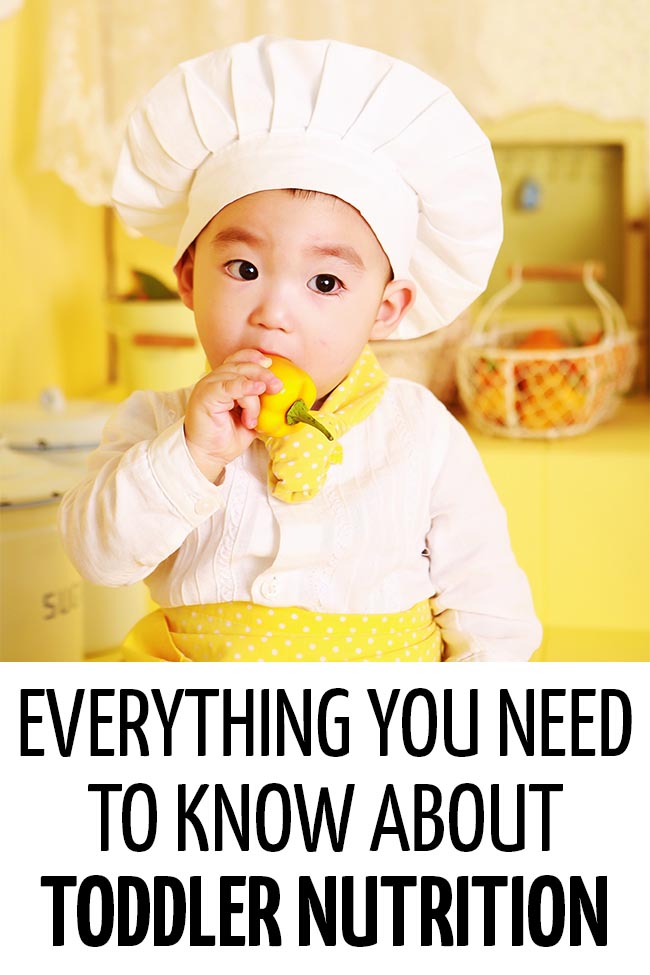
Toddlers Love Fruit
I suspect that your toddler doesn’t eat that much fruit or vegetables. I also suspect that if they do eat any fruit and vegetables, they prefer fruit to vegetables.
That’s fine. Kids prefer the natural sweetness of fruit and tend to prefer fruit to many vegetables.
If you're toddler doesn't eat fruit but does eat vegetables then you've hit the jackpot so don't worry!
Just keep presenting the vegetables and remember that fruit is far better for you that packaged food.
Grains
Around 25% of what you eat should be grains. That’s things like pasta, rice, bread. All those things that are high in carbohydrates. (This is where other diet and health advice disagree with MyPlate. People are beginning to see that carbohydrates of any form are not great for us. However, kids often love carbs and reducing them more can be difficult. It is totally possible. Just not necessarily easy, particularly if you have a fussy eater.)
Related: Toddler Potty Training Regression
My Toddler Only Eats Bread
Toddlers and young children love carbohydrates. My toddler only eats bread but I have met many other toddlers who only eat white rice, or pasta, or cous cous.
I’ll let you into a little secret.
Young children actually need proportionally more carbohydrates than adults do. That’s to say, they actually need a little more than a quarter of their intake. Of course we want them to end up eating lots of healthy vegetables, but most toddlers don’t.
Toddlers need energy to run around and for all that learning and growing they’re doing. Of course, they don’t need ONLY carbohydrates, but they also don’t need a low carb diet that many adults eat.
Try to offer starchy (“complex”) carbohydrates such as pasta and rice rather than single or double sugars, such as table sugar (cookies, cakes, candy.)
Mix up the carbohydrates with vegetables such as vegetable pasta or a healthy risotto. (Normal toddler behaviour: pick out pasta, flick vegetable across the table. Don’t worry! Just keep presenting it.)
Try to encourage the healthy options rather than restrict their intake. (Although of course, you can present them with less to start with. For example, you could give them a small square or two of bread with lots of vegetables rather than let them have free range of the bread basket.)
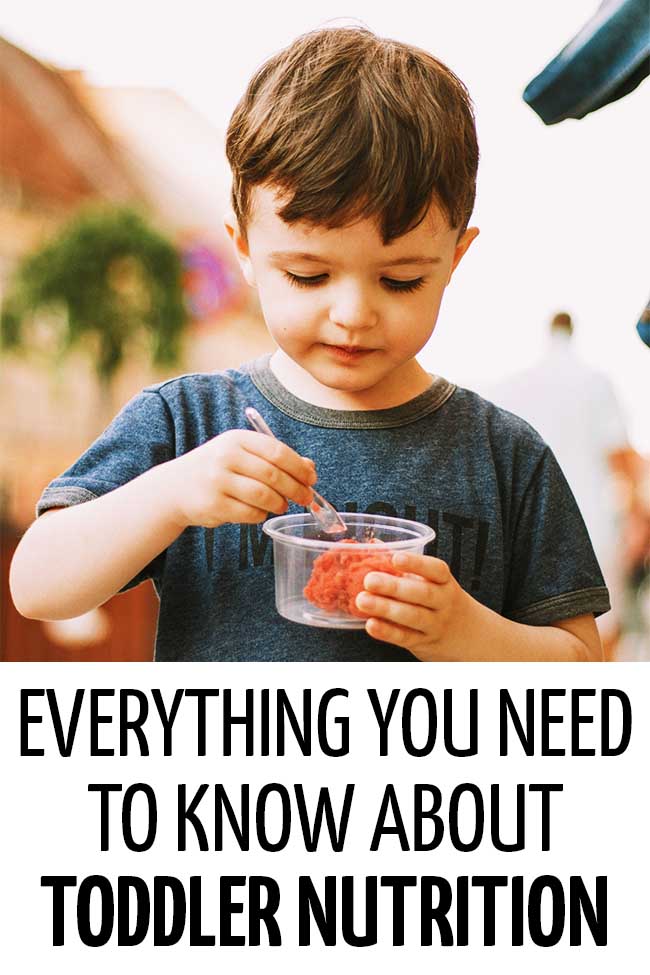
Whole Grains
Whole grains are grains that haven’t had the outer husk removed (or less of the outer husk removed.) The husk is where all the fibre is and fibre is good for us (it’s the bit that stops up from being constipated and has other benefits.)
Fibre is a substance that our bodies don’t digest, it just passes through us but we still need to eat it. Consuming sufficient fibre is the basis of a healthy diet. Fibre is found in fruit, vegetable and whole grains.
It is recommended that half of the grains that we eat are wholegrain. That’s brown stuff, so brown bread and flour, brown rice. You can even get whole grain pasta that tastes good these days.
Related:How Much Is Your Toddler Actually Eating?
Protein As Part of a Healthy Diet for Kids
Around 25% of what you eat should be protein. Protein is the stuff we are made up of. The “building blocks” of the body. It is found in meat, eggs, fish. There are also some great vegetable sources such as garbanzo beans (aka chick peas) and other legumes. (If you’ve never tried garbanzo beans, why not kick off with some easy hummus? My kids love it and it’s a great way to get them to eat vegetable sticks too!)
What are Complete Proteins?
Meat sources of protein are called “complete proteins”. Your body can make most of the 25 amino acids (the bits that proteins are made from) by itself but there are 9 “essential amino acids” that it can’t make. We need to get these amino acids from our diet.
If a protein contains all 9 in sufficient quantities, it is called a “complete protein”.
Most vegetable sources aren’t “complete” but can be combined with another vegetable source to give you all 9 essential amino acids. Rice and beans is a good example of combining vegetable sources of proteins to give you all the amino acids that you can’t make.
Related:When Your Toddler Refuses to Brush Their Teeth
Red Meat and Packaged Meats
This is another area of controversy with some experts saying "red meat" is great for you whilst other say "eating red meat significantly increases your risk of dying younger".
Personally I go with the later.
I recommend restricting the amount of red meat that you eat as it has been linked to bowel cancer. Red meat includes dark meats such as beef, lamb and pork. White meat is lighter and includes chicken and turkey.
All packaged meats are included in this restriction (whether they are white or red, so sliced turkey is included.)
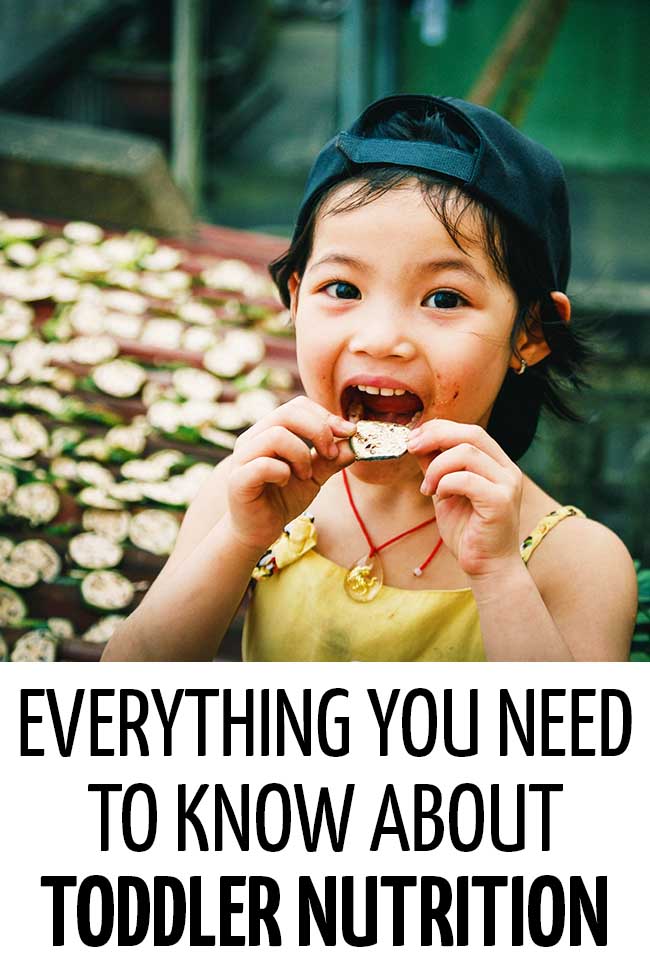
Easy Non Meat Proteins for Kids
Eggs are a very healthy, economic and tasty complete protein. They have previously been given a bad rap as they contain cholesterol but the people are beginning to realise that cholesterol and certain fats are not evil enemies we were once led to believe.
I think eggs are relatively cheap, kids tend to like them. They are extremely versatile and in the sea of "which healthy diet do you pick"...they seem to be considered healthy by the vast majority. (I haven't actually found someone who says "don't eat eggs" but I'm sure they're out there!)
We eat eggs several times a week.
My Kids' Favourite Egg Recipes
Fried and soft boiled are the winners in our house. (Although I love hard boiled as they're great for picnics.) Scrambled are another person favourite.
Living in Spain, we also love Spanish Omelette. It's called "tortilla" or "truita" here. It's essentially an omelette with potatoes in it. Although in reality you can put whatever you like in it. Whether your kids eat it is another story. Mine like "plain" tortilla (ie. don't let mummy get too carried away with putting in lovely greens!)
My kids absolutely love homemade baked beans with an egg on top. It’s an easy lunch (or dinner)that never fails to get wolfed down by all of them (even the picky ones!)
One of my personal favourites is “huevos rancheros”, a Mexican take on scrambled eggs. Delicious with some paprika and peppers. It reminds me of my student days travelling around Mexico. (I have to say my kids aren’t keen but perhaps that’s a vicious circle as I don’t cook it very often.)
Related: Why You Can’t Reason with a Screaming Toddler
Lentils and Legumes are Another Great Source of Plant Protein
Lentils and garbanzo beans (chick peas) are cheap and tasty and underused by most people. I find that kids actually really love the sweetness of red lentils and they're easy too cook. (You don't need to soak them over night, you can just add them to most things.)
In fact, puy lentils and other brown lentils or black beans are a good substitute for ground beef in lots of recipes. If you're not keen on entirely cutting out beef, you can add lentils to the beef which will increase the percentage of vegetables and decrease the percentage of beef.
My mum makes a fantastic Shepard's Pie with beef and lentils that all my kids love (once they've gotten over the fact that it has mashed potato and top and remembered that they love "Mimi's Shepard's Pie."
Most lentils and legumes come in convenient "already cooked" jars or tins. (I like to rinse them as they often add sugar and salt.)
My Kids' Favourite Lentil and Legume Recipes
Hummus is super easy to make and 3 out of 4 of my kids love it. (The other prefers chick peas as they are!)
Healthy baked beans (all around favourite lunch!)
Lentil Spaghetti Bolognese. Another favourite! A vegetarian take on the classic meat Italian meat dish.
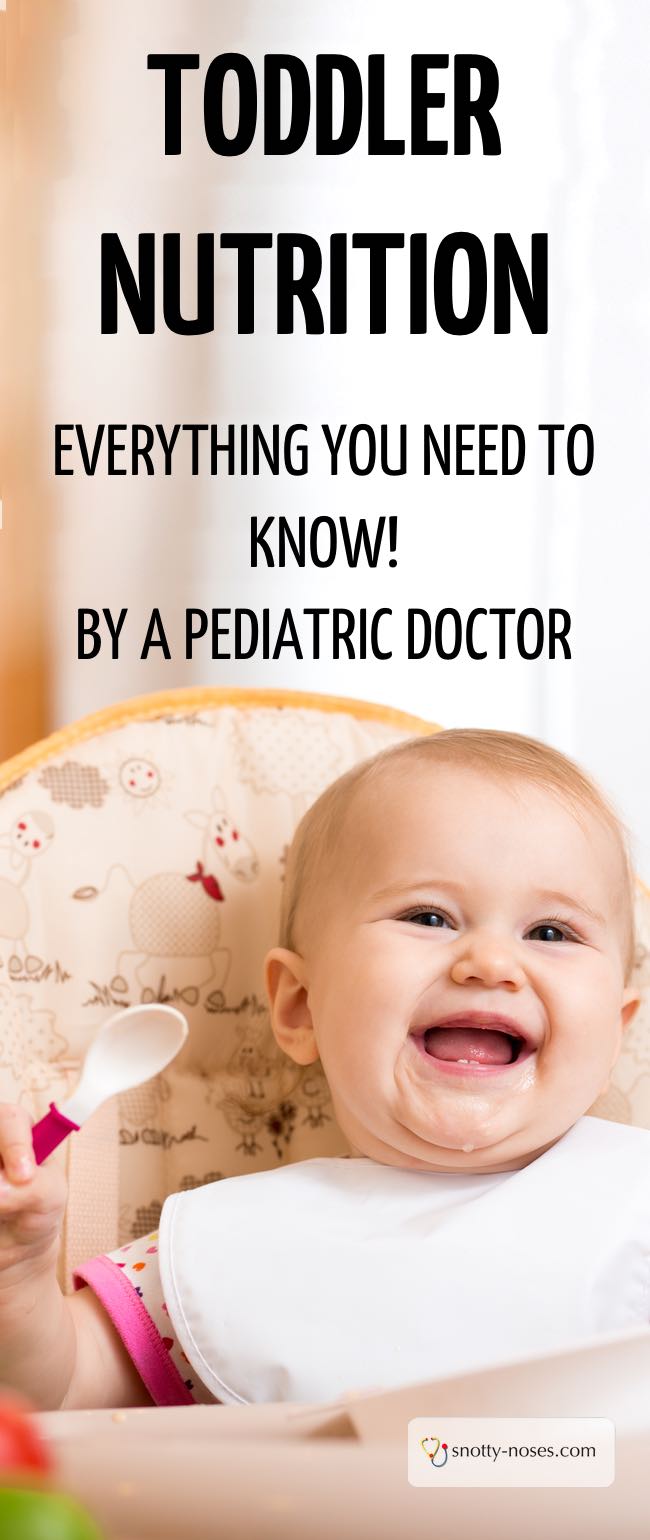
Fish Is Healthy For Toddlers
Fish is a healthy source of protein and has added benefits (it helps your brain function well.) (To get more technical, it's a great source of omega 3 which is one of the good fatty acids that we need. Most people eat too much omega 6 which isn't so great. You want more omega 3 and less omega 6.) Most people don’t eat enough fish. Aim for at least 2 portions a week.
The best source of omega 3 is oily fish such as sardines and mackerel. Lots of kids don't like "fishy fish". Although many do!
White fish contains far less omega 3 but is normally more accepted by kids.
Anchovies are a good source of omega 3 and I find that you can add them to a pasta dish without your kids noticing. (I'm not generally a fan of hiding things from kids but sometimes it's worth it!)
Keep presenting your toddler with fish even if they don’t like it at first. It takes time to get used to new foods.
Check out 10 easy proteins for toddlers.
This easy broccoli and cauliflower pasta uses anchovies in a subtle way to help your kids get a boost of omega 3.
Try Starting Kids on Salmon
My friend Kylie from Kidgredients has some fantastic “kid friendly” salmon recipes for you to get started with:
Honey Soy Salmon and Veg Stir Fry
Related: How to Stop Kids Preferring Snacks to Regular Meals
Dairy for Kids
Dairy products such as milk, cheese and yoghurt are a little portion that sits on the side of MyPlate but are not included in the actual plate. They are a source of calcium which is very important, especially for toddlers who have growing bones.
It is perfectly possible to get calcium from other sources if you don’t want your child to eat dairy products. (I would recommend talking to your doctor or dietician before eliminating it for any reason.)
Here’s a more detailed article about how much milk your child needs.
Fats for Children
Fats come in different forms and are another area that is hotly debated in the press. Animal fats are normally solid at room temperature whereas plant fats are normally liquid at room temperature and are called oils.
Fat has been given bad press in recent years but it is now thought that fat isn’t as bad for as we were previously advised.
I like to cook with olive oil. (I live on the Mediterranean coast, it’s what’s available here which is lucky for me.)
Coconut oil is another oil that has found recent popularity as a “super healthy food”. Personally, I use it in cakes and other recipes but my staple cooking oil is olive oil. Sally from Real Mom nutrition has a great article on “Is coconut oil really healthy?”
A little bit of animal fat is fine, but I would encourage you to use a plant oil that is naturally unsaturated as your main cooking oil. The less processed the better.
Toddlers do not need a low fat diet. If they eat a healthy diet, a bit of fat is fine. My children drink full fat milk and eat full fat yoghurt (as do I).
Drink Water as Your Child's Thirst Quenching Drink
Water is the best drink for us all. It is great at quenching our thirst. All other drinks should be drunk in moderation. Even fruit juice which is delicious and reasonably healthy still contains far far more sugar than water by itself.
Fizzy water and caffeine free infusions (with no added honey or sugar) are a great alternative to water if you like a change. I love to make tea from mint, fennel leaves, a piece of lemon or ginger. Once they are cooled, toddlers can drink them too.
Children also like water with a piece of fruit or cucumber in it. Beware of bottled ‘flavoured water’ that might be soda in disguise. Check the label to see if it contains more ingredients than water and whatever flavour it has added.
Here are some great ways to help your toddler drink water.
Empty Calories aka Sugar for Kids
These sound good don’t they? But in fact, it means foods that are very high in calories but have no nutritional benefit. Foods such as added sugar and fat fall into this category.
Interestingly the US MyPlate includes cheese in its list of empty calories. But you are allowed some empty calories so don’t despair if your child is a cheese loving monster!
I suspect that there are lots of different "cheeses". We eat cheddar and less processed cheeses (we love going to France to buy their delicious fromages!)
We don't eat lots of meat so I don't worry about the fat that we get from cheese. As always, it's about looking at your diet as a whole rather than just one aspect of it.
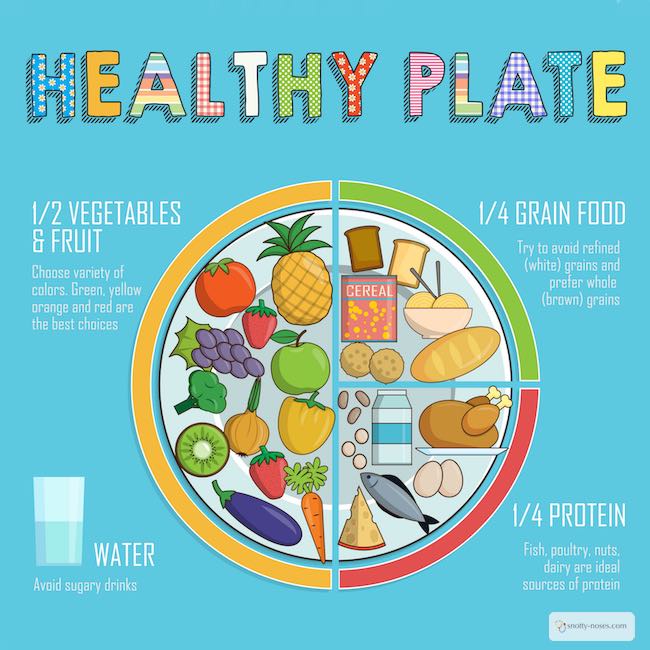
Related: How Much Sugar is Recommended for Kids?
Less Packet Food
Nowadays, the choice of packaged food available is overwhelming. It is so easy and so convenient just to reach into the cupboard and pull out a packet of something that you know your kids will eat.
But.
There’s a big but. Processed food is exactly that. Processed. And normally very high in carbohydrates.
They often take out the good nutrients and replace them with bad ones. (They want them to last longer on the shelves so they take out the tasty stuff and then they have to replace it with artificial flavours.)
Packaged foods are often high in added sugar, salt, not-great fats and other things that we don’t know how to pronounce.
If you think that you can’t survive without any packet food, I’m sure you’ll be able to cut down on the worst.
Look at the labels and actually read what is in the food that you buy. (If you don’t recognise it, that’s a bad sign. Look for ingredients you understand.)
Look for packets with less ingredients. You want yoghurt that says “yoghurt” rather than a list of 30 things you’ve never heard of before.
Related: What You Need to Know About Processed Foods and Kids
Nothing Is Forbidden In Moderation
It may sound as if you have to live off broccoli and kale forever and never get to enjoy the sweet treats in life. But actually, if you eat a sensible diet that is high in fruit and vegetables, you CAN enjoy the “naught treats” from time to time.
As long as you eat treats in moderation, there is nothing that is absolutely forbidden.
But moderation is the key.
Feeding Your Toddler
Of course, you could offer your toddler broccoli and cabbage every day but just sitting on the plate doesn’t give them any health benefits. How are you actually going to get them to eat all that lovely healthy food?
If you’d like to know more about feeding your toddler, why not grab a copy of my book on amazon.com or amazon.co.uk? It lays out all the details that you need to teach your toddlers healthy eating habits in a calm and stress free way.
Here’s what one reader said about it”
"This is a fantastic resource for any parent or caregiver looking to improve the eating habits of their toddlers. It offers simple ideas to try with your own kids. It was also a great reminder that it is the parent's job to offer healthy food and the kid's job to decide whether and how much to eat. Will definitely share this book with my friends with kids!"
Toddler Feeding Cheat Sheet Free Download
This post comes with a free Toddler Feeding Cheat Sheet that you can download. A quick summary of the main points, including the basics of toddler nutrition and a free FOOD DIARY. Just subscribe to my mailing list and you’ll be sent the free cheat sheet.
Toddler Nutrition In Summary
It’s actually very simple to summarise toddler nutrition and a healthy toddler diet.
Lots of fruit and vegetables. Less packets.
This is great news for us as it’s easy to add more fruit and vegetables to your kid’s diet. There are many things that you don’t even need to cook.
If you present your child with a serving of fruit or vegetables at every meal or snack time, you have gone a long way to helping them develop healthy eating habits.
You see? Life with toddlers may be full of ups and downs but toddler nutrition is easy!
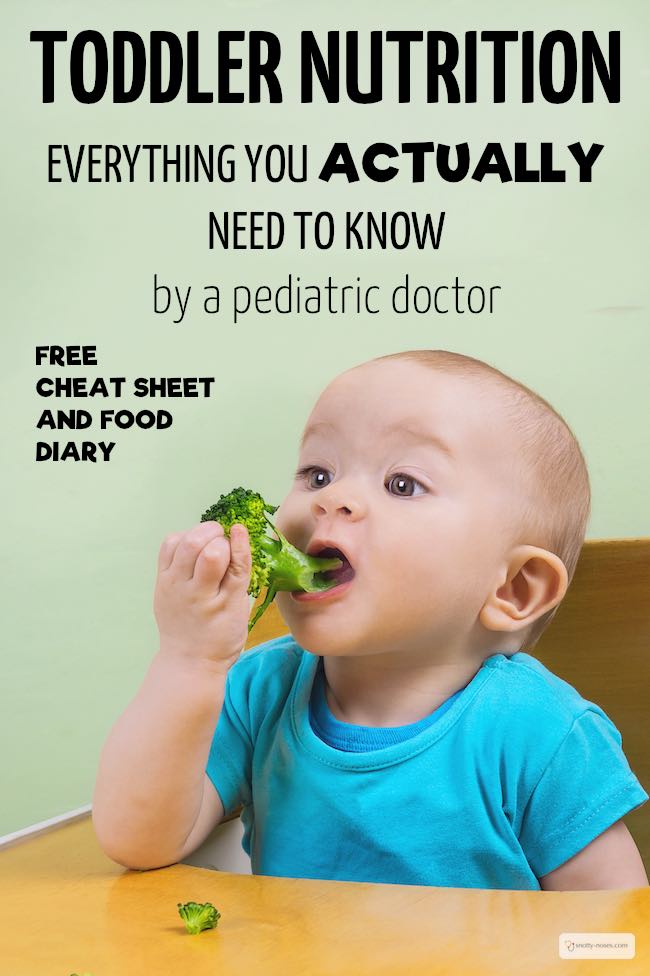
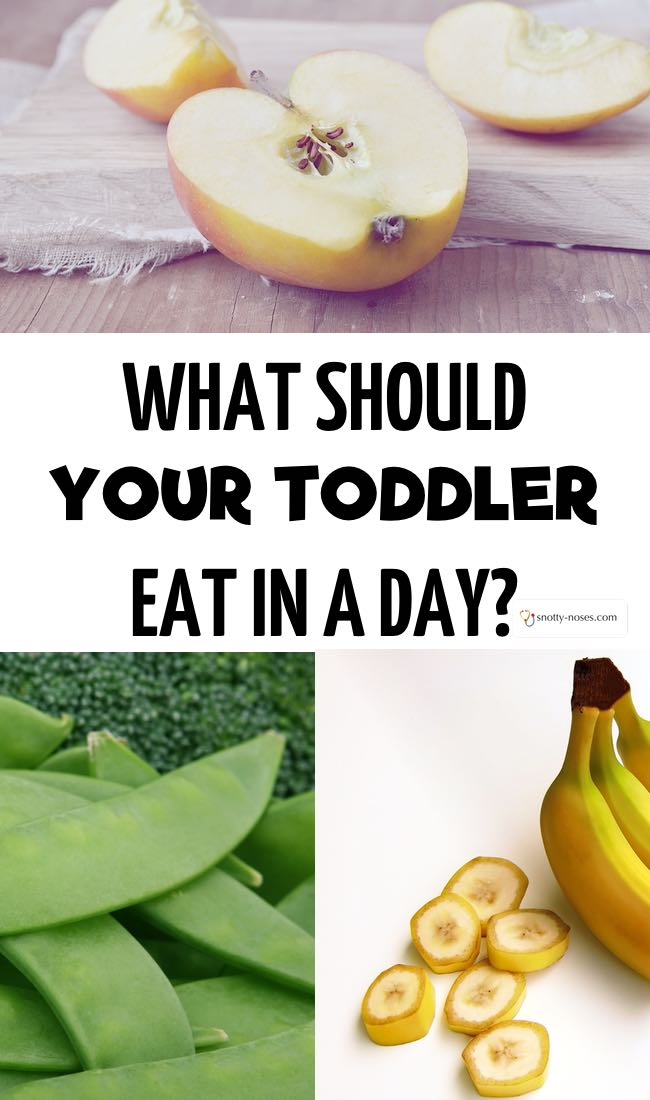
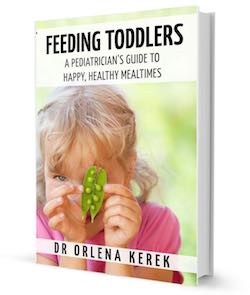
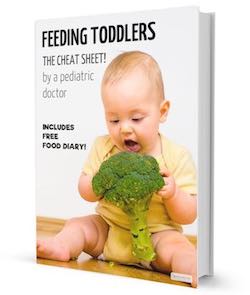
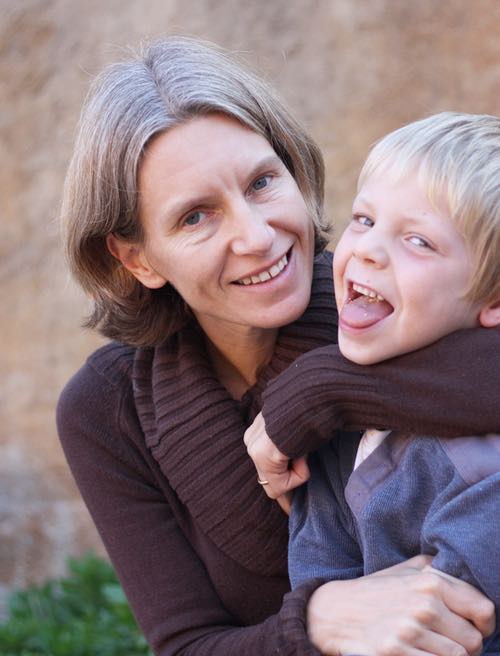
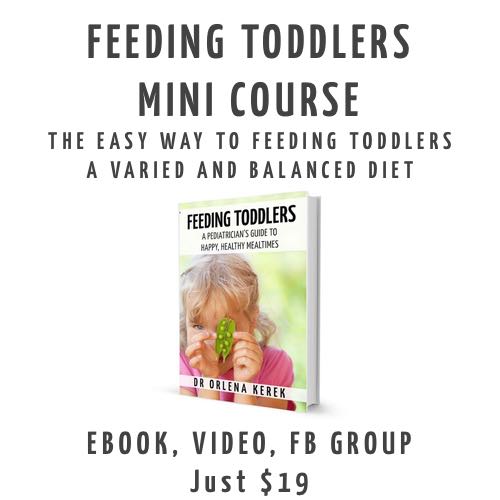 Feeding Toddlers.
Feeding Toddlers.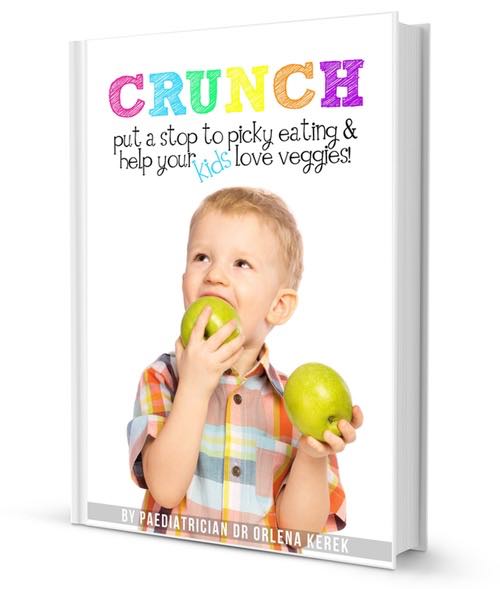 Would you like your kids to eat more healthily? Check out the book!
Would you like your kids to eat more healthily? Check out the book!